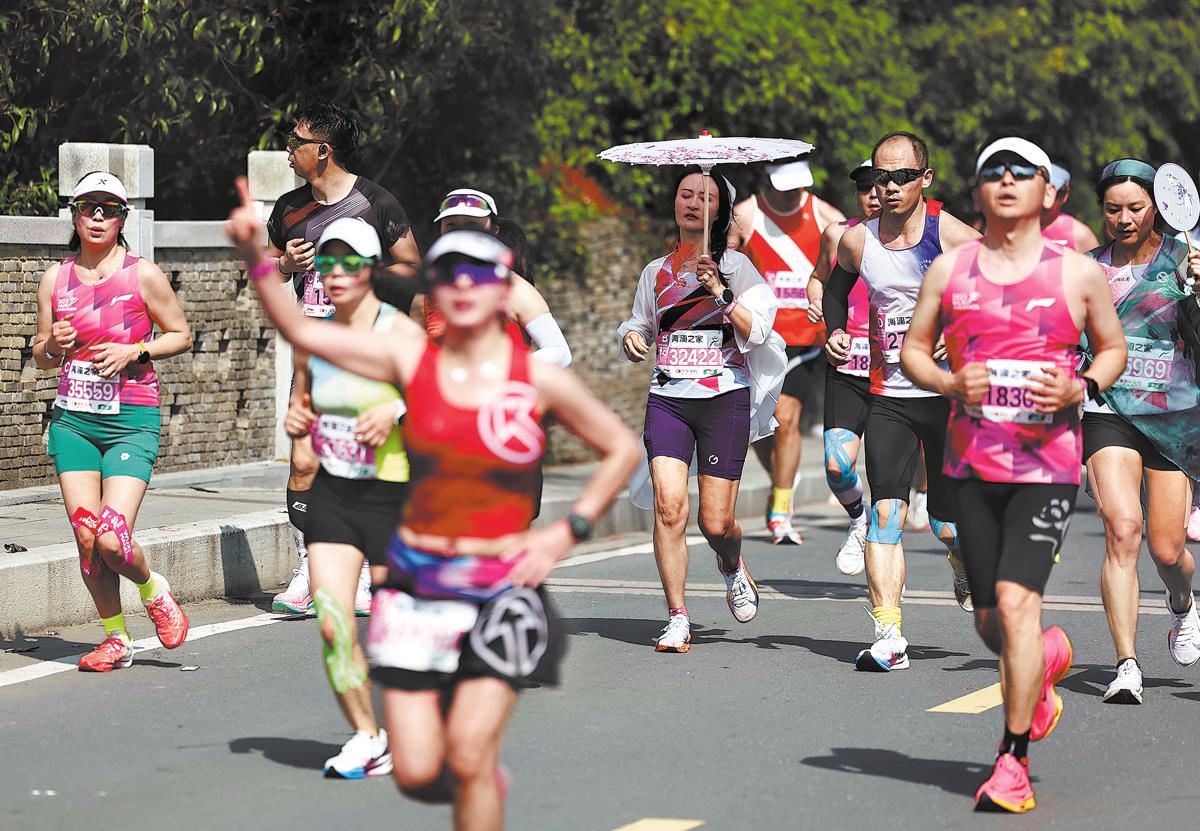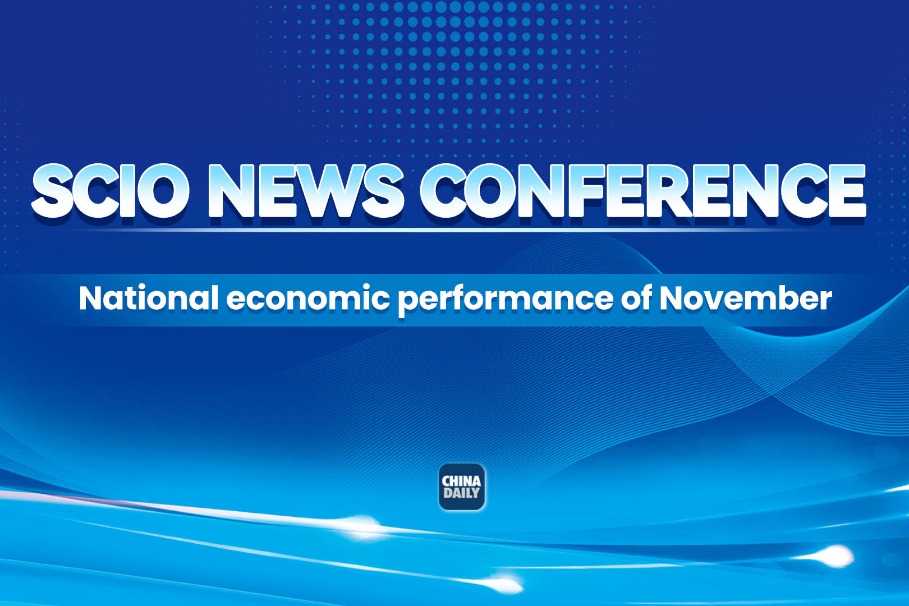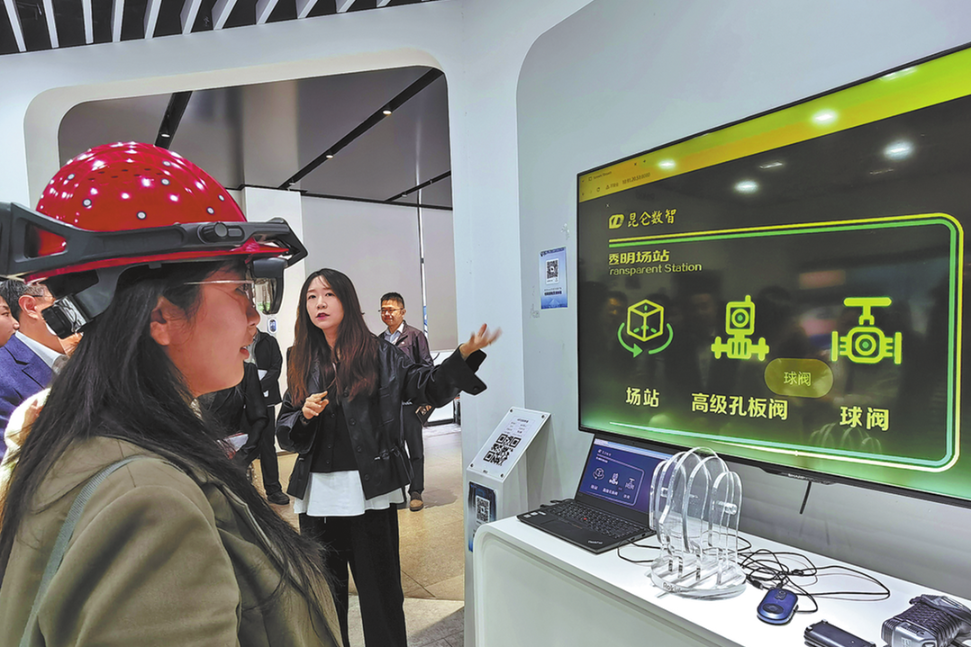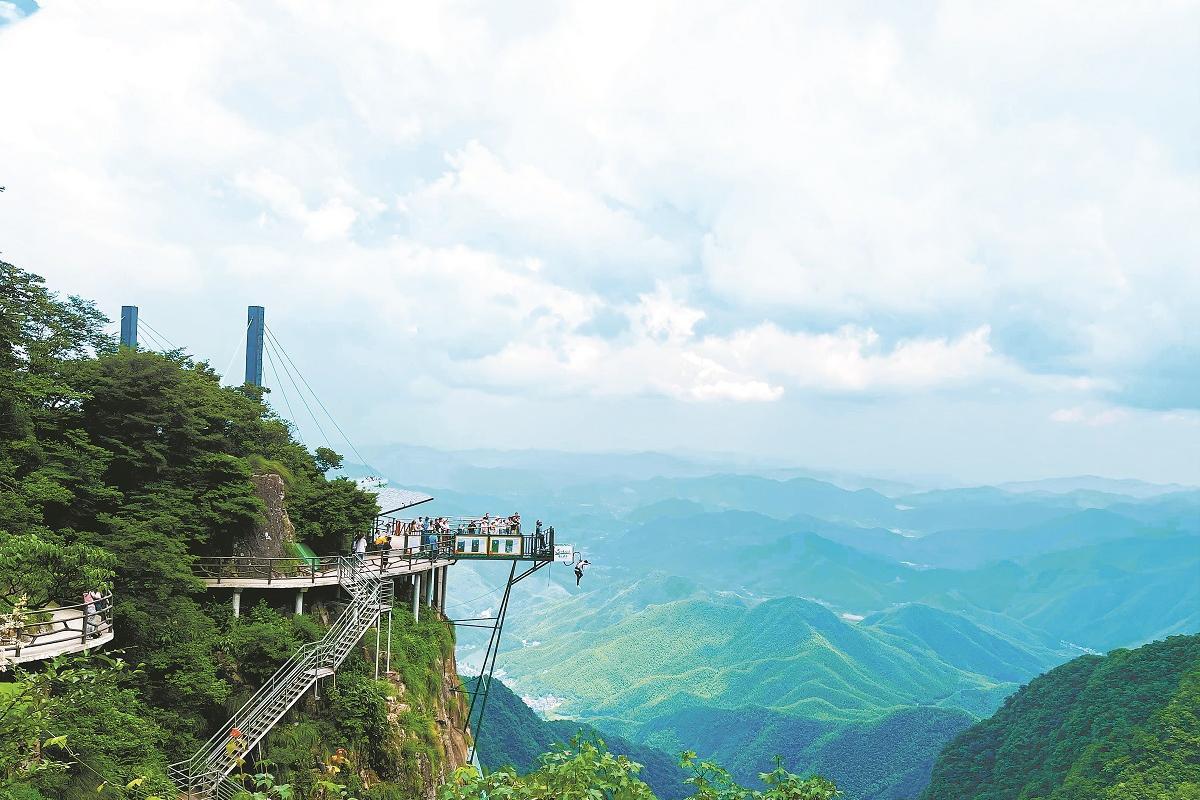Marathon madness sweeps across nation
Road races promote healthy lifestyles, create economic benefits


Accelerating industry
As fitness culture gains popularity, more Chinese runners are willing to invest in sports-related industries.
"The toughest part isn't running the race — it's getting selected," said Dai Dongsheng, a runner from Chengdu, Sichuan province. "Once you're in, spending on entry fees, gear and travel is just part of the experience."
Marathons have driven significant economic activity, particularly in sportswear, wearable tech, as well as nutrition and recovery products.
"To prepare for the Wuhan Marathon, I spent 299 yuan ($41) on a running shirt, 399 yuan on shorts, 600 yuan on earbuds and around 1,000 yuan on shoes," said Luo Fuyuan from the Guangxi Zhuang autonomous region, whose investment paid off with a personal best of 2 hours, 30 minutes and 58 seconds.
According to the 2023 China Road Race Report, 90 percent of runners purchase sports protection gear, with 30 percent spending over 2,000 yuan annually. Meanwhile, 59 percent of runners invest over 1,000 yuan in wearable tech, and over 10 percent spend more than 5,000 yuan.
The tourism industry also benefits from marathon-driven spending. The Wuhan Marathon organizers reported that some 71,000 tourists visited Wuhan due to the race. Visiting runners generated 1.17 billion yuan in direct spending, and the total economic impact reached 2.98 billion yuan, up 40.2 percent from the previous year.
"The marathon boom and consumption fever for sports gear are the natural result of the rising incomes of Chinese people and their increasing focus on fitness," said Jing Yan, a professor at Wuhan Sports University.
























